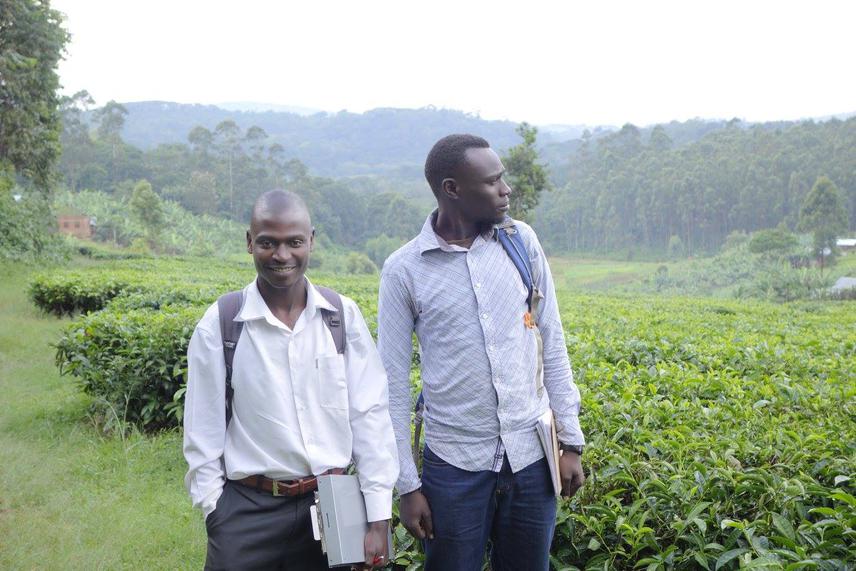Moses Kugonza
Other projects
12 Sep 2016
Conservation to Co-Exist: Participatory Action Research for Wildlife Conservation in Kibale National Park, Uganda (Part 1)
25 May 2018
Conservation to Coexist: Participatory Action Research for Wildlife Conservation in Kibale National Park, Uganda (Part 2)
Human-wildlife conflict is the greatest threat to the successful conservation of biodiversity around Kibale National Park, Uganda. One of the main sources of conflict is crop raiding. Crop raiding occurs when wild animals from the park eat and/or trample crops in the surrounding agricultural fields causing subsistence farmers to suffer extreme losses of food security. Crop raiding species risk death or injury by farmers who are protecting their food supply or later during retaliatory events. Around Kibale National Park, wildlife that have been killed include chimpanzees, monkeys, and elephants. Furthermore, community members have little interest in supporting conservation initiatives because of this on-going human-wildlife conflict. As local community members working as research assistants in the park, we have seen both sides of this conflict and have watched as tensions have grown between local people and wildlife. We thus implemented a community-based conservation project that focuses on sustainable mitigation strategies that reduce crop raiding and improve conservation efforts.

We identified four strategies to reduce crop raiding and improve attitudes towards wildlife – maintaining a trench at the boundary of the park, establishing fences of beehives in areas where the trench cannot be maintained, planting tea as a buffer crop, and growing garlic as a cash crop to offset the losses incurred from crop raiding. We began testing these strategies in communities along the border of the park and have expanded as more communities have become interested. Each participant takes ownership of their role in the project, which we hope will make them feel strongly about conserving the habitat and animals. Communities that are maintaining the trench and keeping fences of beehives in the swampy areas have successfully reduced the rates that elephants are crop raiding. Additionally, farmers who maintain their garlic crop have begun to make a profit from selling the garlic. We are continuing to make improvements and expand our work.